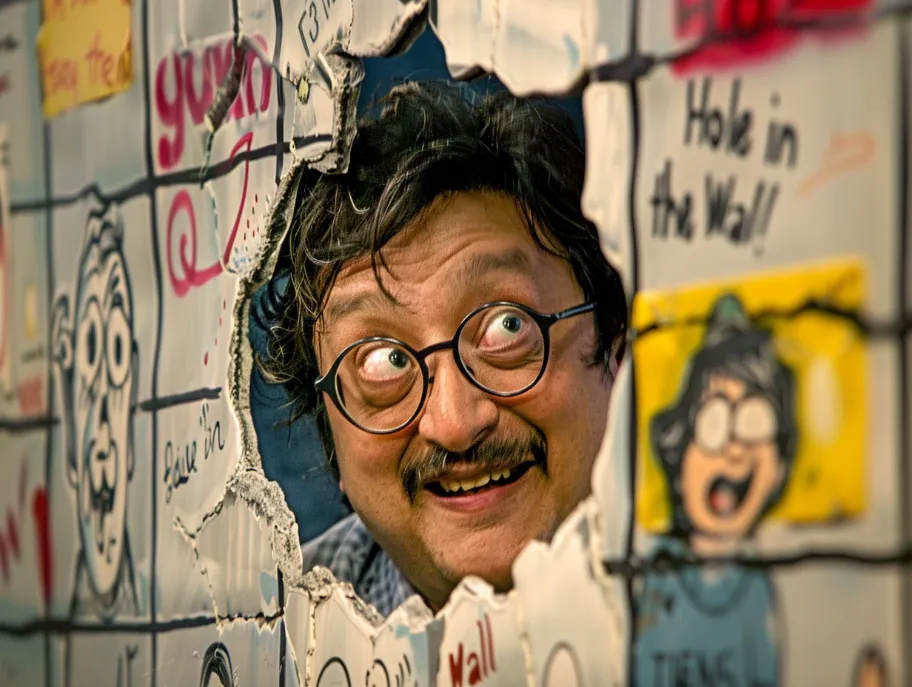Educators Strain Eyes as Invisible Learning Proves 200% More Effective

Educators Strain Eyes as Invisible Learning Proves 200% More Effective
In a groundbreaking study that has left educators squinting, renowned researcher John Hattie has unveiled his latest educational innovation: “Invisible Learning.” This revolutionary approach, which Hattie claims is 200% more effective than traditional methods, has teachers worldwide struggling to see the results of the invisible learning effectiveness struggles.
The Unseen Revolution in Education
Invisible Learning, as the name suggests, involves teaching absolutely nothing visible to the naked eye. “It’s not about what you can see, but what you can’t,” Hattie explained in a statement that left reporters scratching their heads. “The less visible the learning, the more powerful it becomes.”
Teachers’ Invisible Struggles
Educators across the globe are finding it challenging to implement this new methodology. “I thought I was doing it right, but I couldn’t see any improvement,” said Sarah Johnson, a high school teacher. “Then I realized that was exactly the point of the invisible learning effectiveness struggles!”

Edward Übermensch, Content Editor at Politically Incorrect Social Responsibility, weighed in on the matter: “As a proud German, I take invisible editing seriously. And if you have a problem with Germans making the world a more accurate place, then I can just accuse you of being anti-invisible. It is the internet after all.”
Measuring the Immeasurable
Education departments are scrambling to develop new assessment tools to measure the effectiveness of Invisible Learning amid the invisible learning effectiveness struggles. “We’re considering blank test papers and invisible ink,” said Dr. Ima Skeptic, Head of Educational Assessment. “After all, how else can we quantify something we can’t see? It’s not like we have a choice in this absurd new reality.”
The Paradox of Visible Invisibility
In a twist of irony, some schools have reported visible improvements in student engagement. “They’re definitely more attentive,” one principal noted. “Though that might be because they’re desperately trying to see something – anything – on the board.”
The future of education is clear(ly invisible). As educators continue to grapple with this transparent teaching method and the invisible learning effectiveness struggles, one thing remains certain: the struggle to see results has never been more real – or less visible.







Responses